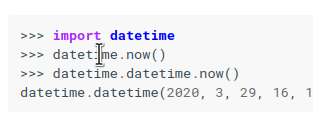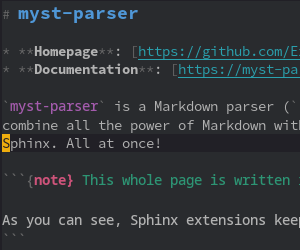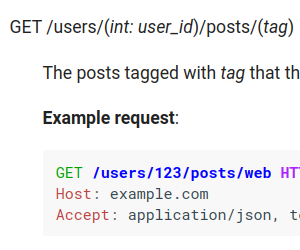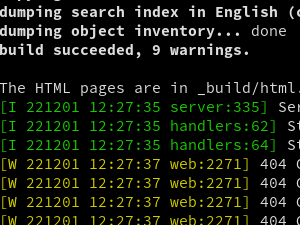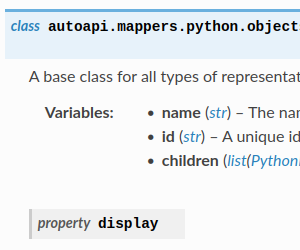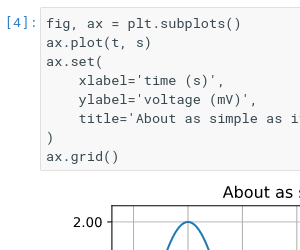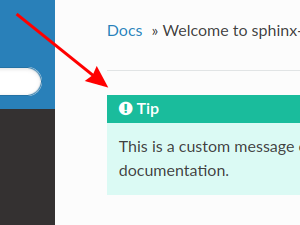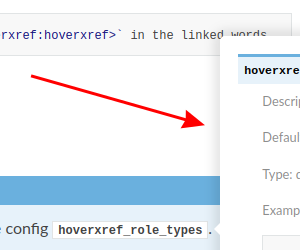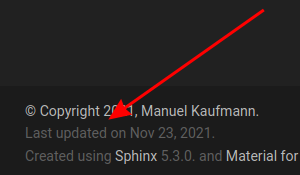Best Sphinx extensions list¶
This is a curated and opinionated list of Sphinx extensions that I found useful while working with different Sphinx documentation projects. All the extension listed here have their own page showing a working live example and its minimum configuration to make it work in your docs.
Extensions¶
Themes¶
Visit https://sphinx-themes.org/ for a full list of live themes!
Tip
Each page have a “Show Source” link at the right navigation bar. You can click on it to see what you need to write in the source file to make it render as you see.
See also
Sphinx already has a list of Built-in extensions that are really useful. Besides, there is also a list of Third-party extensions in that page but unfortunately, it’s a bit out of date.
Besides the official documentation, there is an Awesome Sphinx site that automatically collects Sphinx extensions and let you search them by types and tags.
